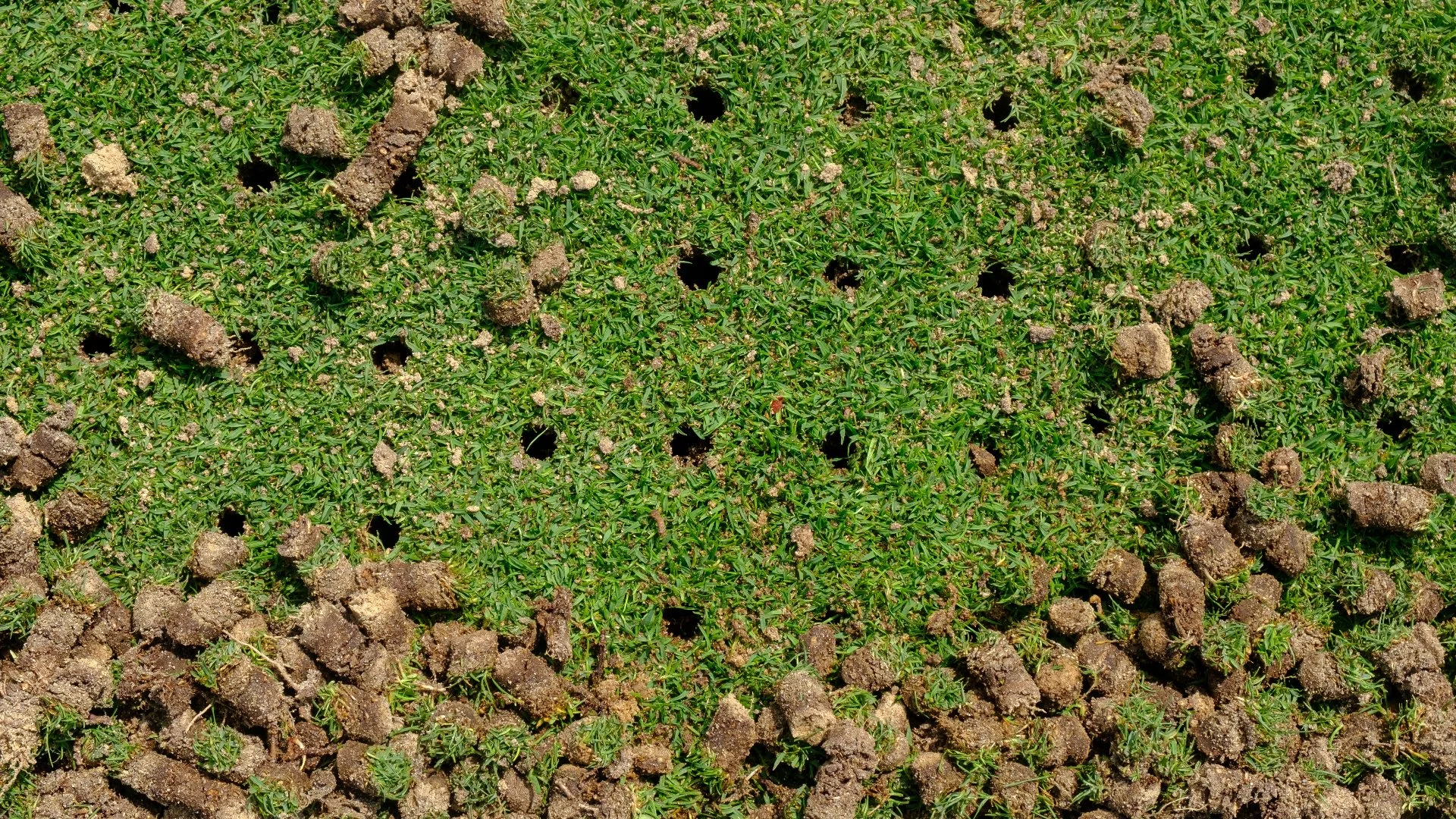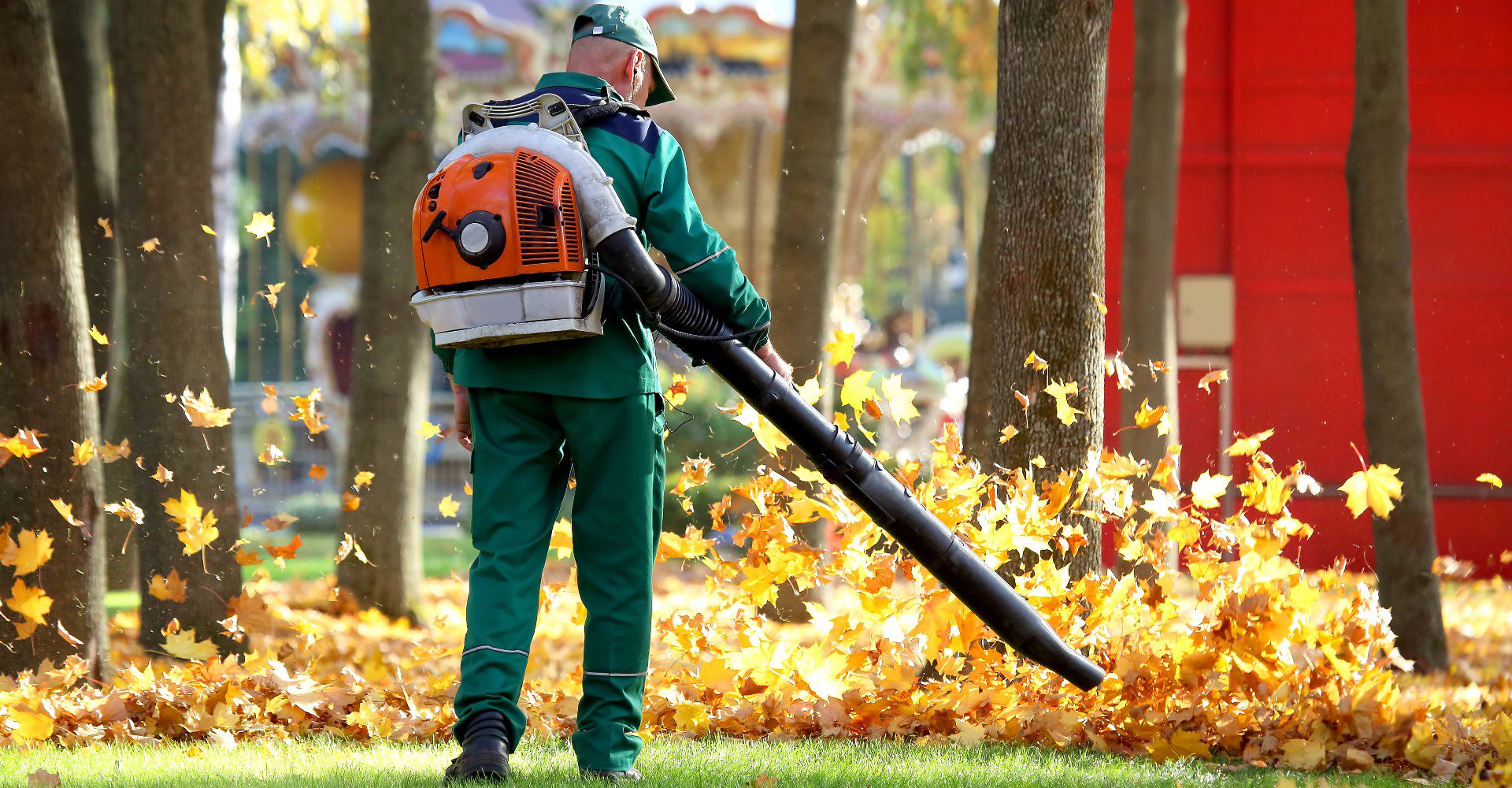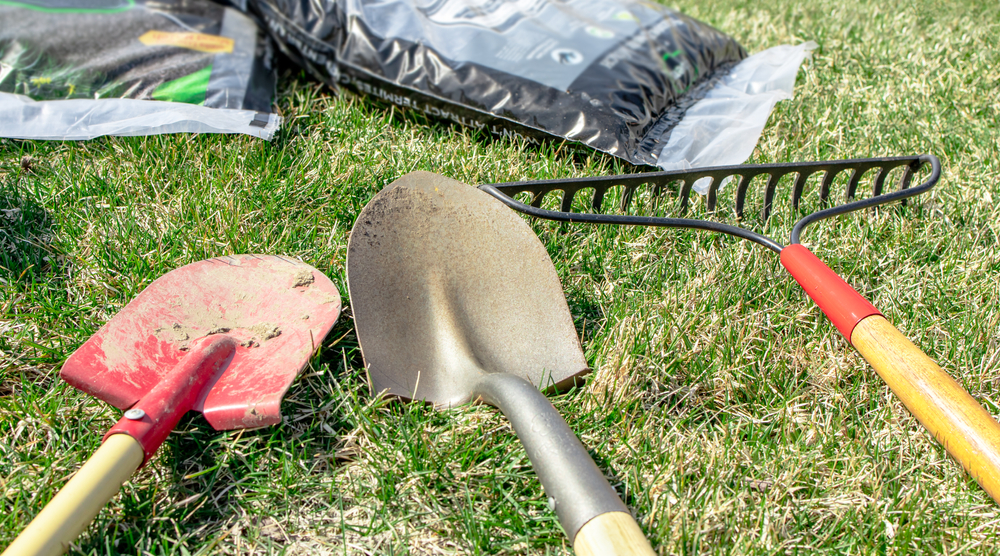blog
The Top 5 Tools for Maintaining a Healthy Lawn
A lush, green lawn is a homeowner’s pride, but maintaining it requires the right tools and care. Lawn care goes beyond simply mowing the grass; it involves regular maintenance, fertilization, aeration, and keeping pests and diseases at bay. Having the right tools in your gardening arsenal can make a significant difference in the health and appearance of your lawn. In this article, we’ll discuss the top five tools every homeowner should have to maintain a healthy lawn, ensuring that your outdoor space stays vibrant and well-kept year-round.
1. Lawn Mower: The Foundation of Lawn Maintenance
The lawn mower is, without a doubt, one of the most essential tools for keeping your grass trimmed and healthy. Regular mowing promotes even growth, helps control weeds, and improves the overall look of your lawn. However, not all mowers are created equal, so selecting the right one for your lawn is crucial.
Types of Lawn Mowers:
- Push Mowers: These are ideal for smaller lawns or areas with limited accessibility. Push mowers require manual effort but offer great control over the cutting height and can be more affordable.
- Self-Propelled Mowers: These mowers are perfect for medium to large lawns. They have a self-propelling feature, so you don’t have to exert as much effort. The mower will move on its own while you guide it.
- Riding Mowers: For very large lawns, a riding mower is the most efficient tool. It allows you to cover a large area quickly and comfortably, making it ideal for estates or big yards.
- Battery-Powered or Electric Mowers: These mowers are eco-friendly and quieter than traditional gas-powered models. They are perfect for homeowners who prioritize sustainability and want a low-maintenance option.
Mower Maintenance Tips:
- Keep the Blade Sharp: A dull blade can tear grass rather than cutting it cleanly, which can damage your lawn. Sharpen the mower blade regularly to ensure a clean cut.
- Adjust the Cutting Height: Set your mower to the right cutting height for your grass type. Cutting the grass too short can stress it, while cutting it too long can lead to thatch buildup and poor growth.
A well-maintained mower is key to ensuring that your lawn stays neat, healthy, and vibrant.
2. String Trimmer (Weed Eater): For Edging and Detail Work
A string trimmer (often called a weed eater or weed whacker) is another essential tool for lawn maintenance. It helps you trim the grass along edges, fences, garden beds, and around trees where the mower cannot reach. A string trimmer also works wonders for cutting down overgrown weeds in hard-to-reach areas, ensuring that the edges of your lawn are neat and tidy.
How String Trimmers Help:
- Edge Your Lawn: A trimmer can create clean, sharp edges along sidewalks, driveways, and flower beds. It helps give your lawn a professionally manicured appearance.
- Trim Around Obstacles: When you have trees, bushes, or garden features, a mower may not be able to get close enough. A string trimmer allows you to clean up around these obstacles without damaging your lawn.
- Weed Control: Regular trimming around the edges of your lawn prevents weeds from overgrowing and encroaching on your healthy grass.
Choosing the Right String Trimmer:
- Gas-Powered Trimmers: These offer great power for heavy-duty trimming but are heavier and require more maintenance.
- Battery-Powered Trimmers: These trimmers are lightweight, eco-friendly, and quieter, making them perfect for smaller to medium-sized lawns.
- Electric Trimmers: These offer a balance between power and convenience, requiring a cord to operate but often providing a more consistent cutting power.
When used correctly, a string trimmer will help you keep your lawn neat and well-maintained, providing the finishing touches to your landscaping efforts.
3. Lawn Aerator: For Improved Soil Health and Drainage
Aeration is one of the most important steps in maintaining a healthy lawn. It involves perforating the soil with small holes to allow air, water, and nutrients to penetrate the roots more effectively. Aerating your lawn helps to prevent soil compaction, which can hinder root growth and water drainage, leading to a patchy, unhealthy lawn. If your lawn has heavy foot traffic or clayey soil, aeration is essential for maintaining its vitality.
How Aerators Work:
Lawn aerators use spikes or hollow tines to punch holes into the soil, breaking up compacted soil and promoting deeper root growth. This process also helps to reduce thatch buildup, which can suffocate the grass and lead to poor growth.
Types of Lawn Aerators:
- Manual Aerators: These are ideal for small lawns or areas where you need precise control. Manual aerators are available in the form of hand tools, like aerator shoes or handheld spike tools.
- Spike Aerators: These aerators use solid spikes to create holes in the soil. They are easy to use and work well for lawns that don’t suffer from severe compaction.
- Hollow Tine Aerators: These aerators remove small plugs of soil, creating deeper holes. They are more effective for lawns with heavy clay or compacted soil.
When to Aerate:
- Best Time to Aerate: Early spring or fall is the best time to aerate your lawn. The soil is moist enough to allow for easy penetration, and grass is actively growing, so it will recover quickly.
- Frequency of Aeration: Aerating your lawn once a year is typically sufficient, but heavily compacted lawns may need to be aerated more frequently.
Aerating your lawn will significantly improve its health, helping the roots absorb more nutrients and water, leading to a lush and green lawn.

4. Lawn Dethatcher: To Remove Thatch and Promote Healthy Growth
Thatch is a layer of dead grass, roots, and other organic material that builds up between the grass and the soil. While a small amount of thatch is normal and beneficial, excessive thatch can suffocate your grass, inhibit water and nutrient absorption, and foster the growth of pests and diseases. A dethatcher is a tool designed to remove excess thatch from your lawn, helping it stay healthy and well-nourished.
How a Lawn Dethatcher Works:
Dethatchers use rotating blades or tines to cut through the thatch layer and pull it to the surface, where it can be collected and removed. This process opens up the lawn, allowing better airflow and water penetration to the grassroots.
When to Dethatch:
- Best Time to Dethatch: Late spring or early fall is the ideal time for dethatching. You should dethatch when your lawn is actively growing, so it has the opportunity to recover quickly.
- Frequency of Dethatching: If your lawn has a significant thatch layer (greater than half an inch), dethatching once a year may be necessary. Lawns with less thatch may only need dethatching every two to three years.
By using a dethatcher, you can keep your lawn free of excessive thatch, leading to healthier grass and better growth.
5. Leaf Blower: For Quick Clean-Up and Lawn Health
A leaf blower might not be the first tool that comes to mind when thinking about lawn maintenance, but it plays an important role in keeping your lawn healthy. Dead leaves, grass clippings, and other debris can build up on your lawn, blocking sunlight and air from reaching the grass and potentially causing mold and fungal growth. A leaf blower can quickly clear away these materials, helping your lawn stay clean and healthy.
How a Leaf Blower Helps:
- Clearing Debris: A leaf blower is perfect for blowing away leaves, grass clippings, and small branches that accumulate on your lawn. By removing this debris, you ensure that the grass gets the air and sunlight it needs.
- Drying Wet Grass: During wet seasons, grass can become heavy with moisture, and leaves can stick to the grass. A leaf blower can help dry the area and remove excess water, preventing mold or rot.
- Tidying Garden Beds: A leaf blower is also useful for clearing debris from garden beds, patios, and walkways, making your entire outdoor space look more polished.
Types of Leaf Blowers:
- Corded Electric Leaf Blowers: Lightweight and affordable, these are great for small to medium-sized lawns. They require access to an electrical outlet.
- Battery-Powered Leaf Blowers: These are eco-friendly and offer more mobility than corded models. They are best for medium-sized lawns and are quiet and easy to use.
- Gas-Powered Leaf Blowers: If you have a large lawn, a gas-powered leaf blower may be necessary. These are more powerful but also louder and require more maintenance.
A leaf blower makes cleanup a breeze and ensures that your lawn remains free of debris that could hinder its growth.

Conclusion
Maintaining a healthy lawn requires more than just occasional mowing. By investing in the right tools, such as a lawn mower, string trimmer, aerator, dethatcher, and leaf blower, you can keep your lawn lush, green, and healthy throughout the year. Regular maintenance with the right tools not only enhances the aesthetic appeal of your outdoor space but also promotes healthier grass and soil. With these five essential tools in your gardening toolkit, your lawn will thrive, providing a beautiful and enjoyable space for relaxation and outdoor activities.


